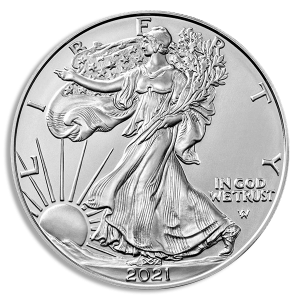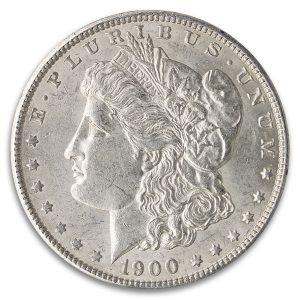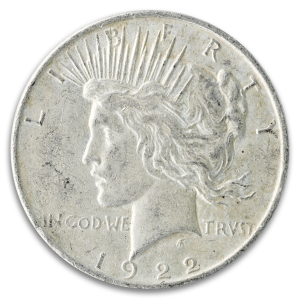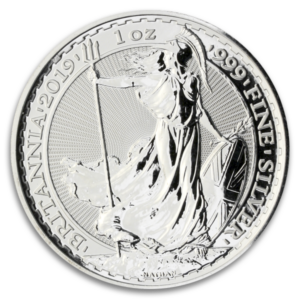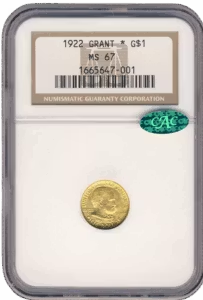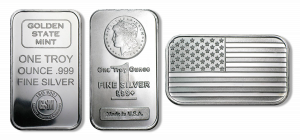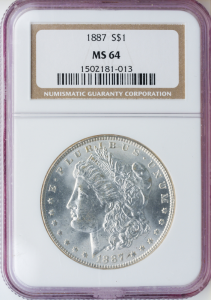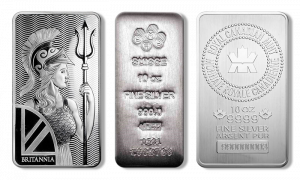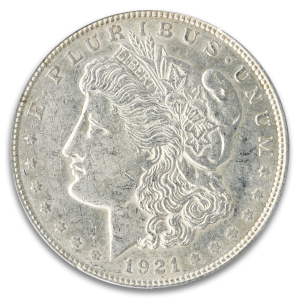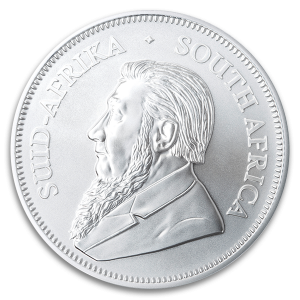1881 $3 Indian Princess NGC AU58
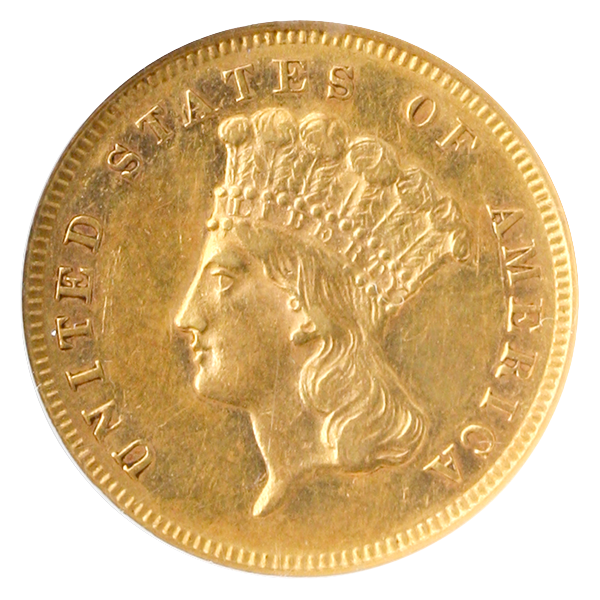
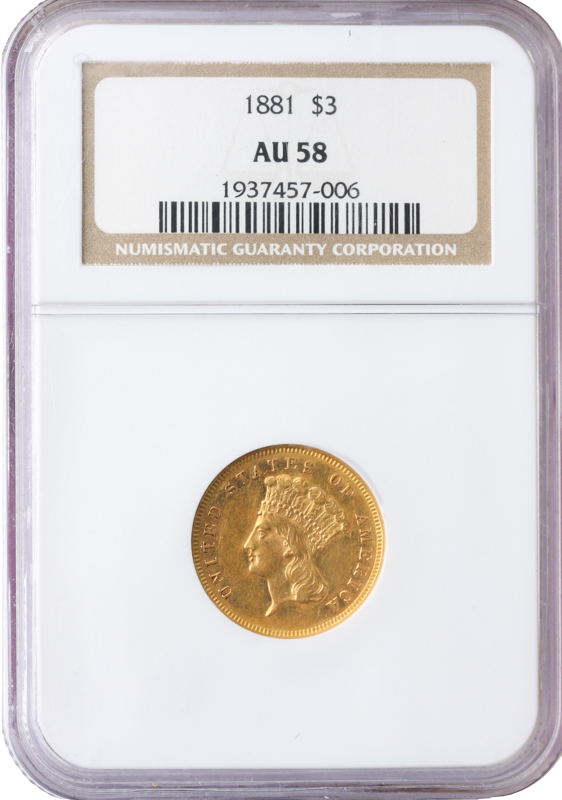

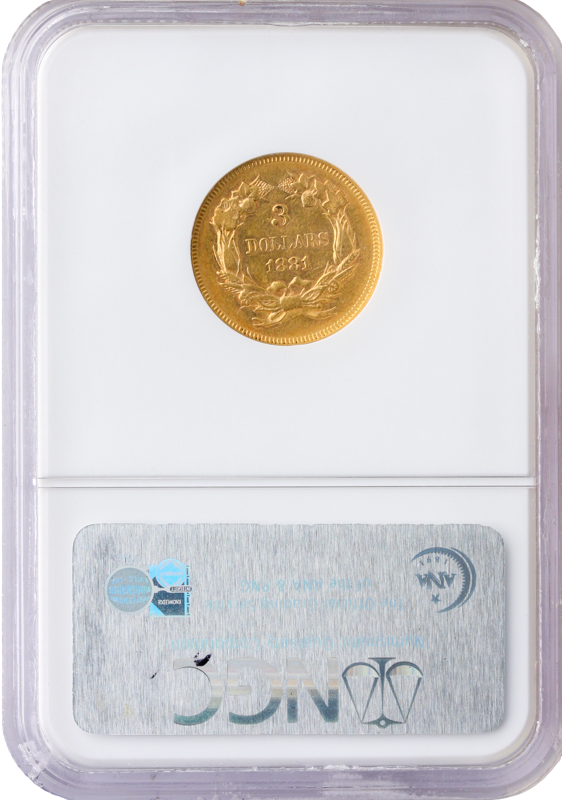



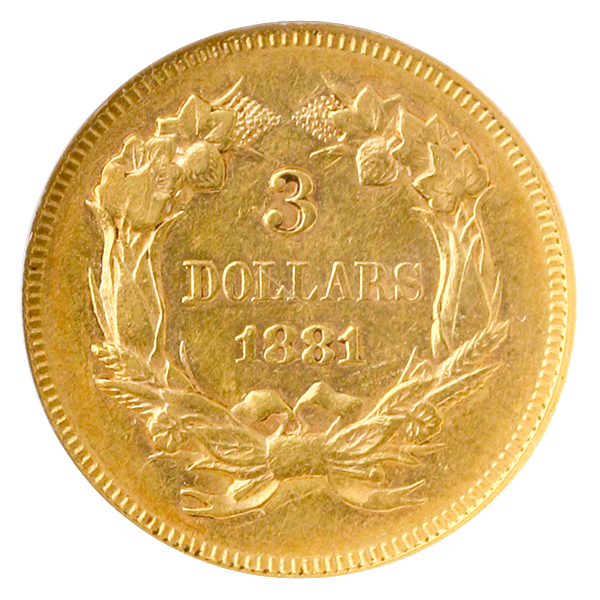

2025/12/17
You need to work on your check out process but I am always happy with my purchase...thank you!
2025/12/16
QUICK AND EASY
2025/12/14
Fast & efficient.
2025/12/11
I wish they were open a little longer, for west coast customers.
2025/12/09
So easy to order! Nice people! Have never had a problem with any order over the years!
2025/12/07
Easy
Introduction
The 1881 $3 Indian Princess is one of the most sought-after issues in the short-lived Three Dollar Gold series. Certified AU58 by NGC, this near-Mint example offers strong remaining luster, lightly circulated surfaces, and exceptional eye appeal. As one of the last years of regular production, this coin stands as a beautiful relic of 19th-century American coinage, admired by both gold specialists and type collectors.
History
Authorized by the Act of February 21, 1853, the $3 Gold Piece was introduced in 1854 and struck intermittently until 1889. Its unusual denomination was intended to simplify the purchase of 3-cent postage stamps by the sheet but failed to gain traction in commerce. By 1881, production was extremely limited, with only 500 circulation strikes issued by the Philadelphia Mint.
This low-mintage figure makes the 1881 issue one of the key semi-proof-like rarities of the entire series. Surviving examples are treasured by collectors for their scarcity and quality, and coins certified AU58—like this NGC example—offer an appealing balance between condition and value.
Design
Chief Engraver James B. Longacre’s design features Liberty wearing a feathered headdress on the obverse, with the word LIBERTY inscribed on the band. The reverse presents a wreath of agricultural crops, cotton, wheat, corn, and tobacco, encircling the denomination and date. This design symbolizes the nation’s agricultural prosperity and optimism during the 19th century.
The 1881 $3 Indian Princess NGC AU58 displays crisp detail, pleasing golden coloration, and traces of Mint luster—an elegant representation of one of America’s most distinctive gold denominations.
| Mint | P |
|---|---|
| Metal | Gold |
| Year | 1881 |
| Weight | 0.1612 |
| Diameter | 20.5mm |
| Fineness | .900 |
Comparison Chart





